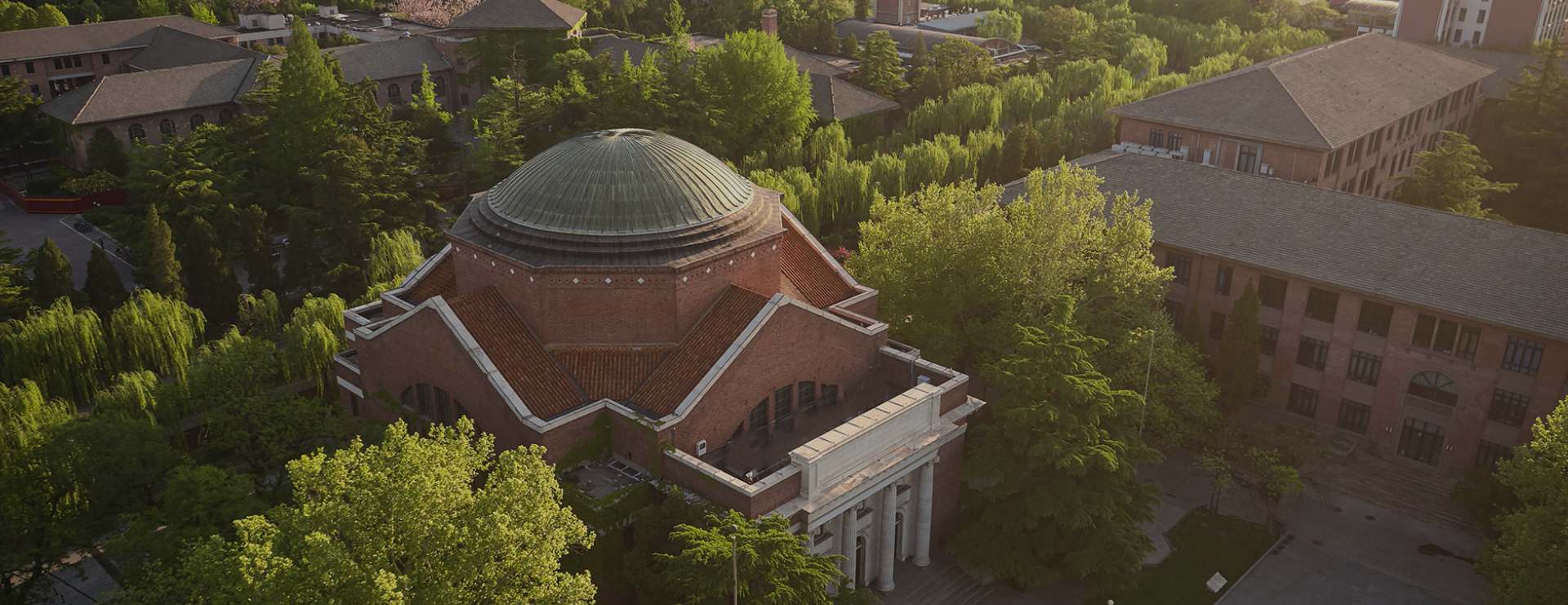CHENGDU, Dec. 8 (Xinhua) -- The world's deepest and largest underground physics laboratory went operational Thursday in southwest China's Sichuan Province, as physicists moved in and started their research in the second phase of the China Jinping Underground Laboratory (CJPL).
The second phase project, or the Deep Underground and Ultra-low Radiation Background Facility for Frontier Physics Experiments (DURF), boasts the deepest, largest, ultra-clean underground space for scientific research. A total of 10 teams from universities and research institutions are stationed there and will seek to unveil the mysteries of the universe.
DARK MATTER DETECTION
In the vast universe, visible matter varying in size from a grain of dust to a planet like Earth or nebulae, only accounts for about 5 percent of the total mass of the universe. The remaining 95 percent consists of dark matter and dark energy.
The probability of dark matter interacting with visible matter is so low that it is very difficult to detect it directly, while ubiquitous cosmic rays can also greatly interfere with the efforts of physicists to detect dark matter.
Therefore, a laboratory that can shield cosmic rays and provide an experiment environment and facilities with an extremely low radiation background becomes a prerequisite for dark matter detection. The United States, Japan and some European countries have built underground laboratories meeting this requirement.
In 2009, Tsinghua University and the Yalong River Hydropower Development Company, Ltd. began to build the first phase of CJPL at a depth of 2,400 meters under the Jinping Mountain in Sichuan's Liangshan Yi Autonomous Prefecture.
The first phase was completed and put into use at the end of 2010, featuring a room capacity of about 4,000 cubic meters. Thanks to rocks as thick as 2,400 meters, the laboratory is exposed to only a tiny flux of cosmic rays which is only a hundred-millionth of that found on the surface.
Two research teams, China Dark Matter Experiment (CDEX) group from Tsinghua University and PandaX group from Shanghai Jiao Tong University, were deployed in the first phase of CJPL. They now have a number of scientific achievements under their belts, elevating China's dark matter direct detection experiments to an advanced level on the global stage.
SECOND PHASE CONSTRUCTION
Given their growing list of achievements in the first phase of CJPL, it was felt that the research teams needed more space to carry out further studies. In 2014, Tsinghua University and the Yalong River Hydropower Development Company, Ltd. agreed on a plan to build a second phase to expand total room capacity at the facility to about 330,000 cubic meters.
To ensure the cleanest possible environment for the second phase of this project, builders had to meet the requirements of ultra-low cosmic ray flux, extremely low environmental radiation, extremely low radon concentration, and ultra-clean space.
For example, radon gas constantly released by surrounding rocks is a major source of interference in deep underground experiments. The construction team invented waterproof and radon suppression technology, and used special materials to lay a protective layer with a thickness of 10 centimeters on the surface of the cavern, thereby blocking 99 percent of the radon gas released by the surrounding rocks.
Background radiation of building materials and equipment were also taken into account. All materials and equipment must have a radiation background of less than three times that of the radioactivity level of rocks surrounding the cavern, and such materials and equipment could only be used after strict laboratory inspection.
Workers also laid about 10 km of ventilation pipes to supply fresh air with low radon content to the laboratory. For experiment spaces with special requirements, specially developed devices are provided to adsorb radon in the fresh air.
FURTHER EXPLORATIONS OF THE UNIVERSE
After about three years of construction, the DURF welcomed its first batch of teams. As a major national project, the facility will develop into a world-class platform integrating multiple disciplines including particle physics, nuclear astrophysics and life sciences.
The study of dark matter is a new starting point for human beings seeking a better understanding of the universe, and is currently among the hottest research topics in the fields of particle physics, cosmology and astrophysics, which means it is of great significance for frontier science research, according to scientists.
During the construction of the facility, various scientific research teams continued their exploration efforts.
The CDEX group innovated high-purity germanium detectors, upgrading the devices from the initial 1 kg to 10 kg, and is now planning to build a tonne-class detector.
Meanwhile, the liquid xenon detector of the PandaX group was upgraded from 120 kg to 4 tonnes. This group now plans to develop a 30-tonne or even 100-tonne dark matter detector, to boost their detection capabilities.
In 2022, by using the CJPL, the Jinping Underground Nuclear Astrophysics Experiment (JUNA) revealed the origin of the calcium found in the first stars. JUNA successfully verified the hypothesis that calcium comes from a key breakout reaction of the carbon, nitrogen and oxygen cycle, confirming the origin of the calcium contained in these stars.
Reviewers of the journal Nature said that this study can be seen as a great experimental success, and that it provides new insight for future nuclear astrophysics studies.
"Whether we will find dark matter or not, every step we take is a step into the unknown, so every small step forward is a huge leap," said Liu Jianglai, chief scientist of the PandaX group. "This is the fun of doing basic research.
Editor: Guo Lili

